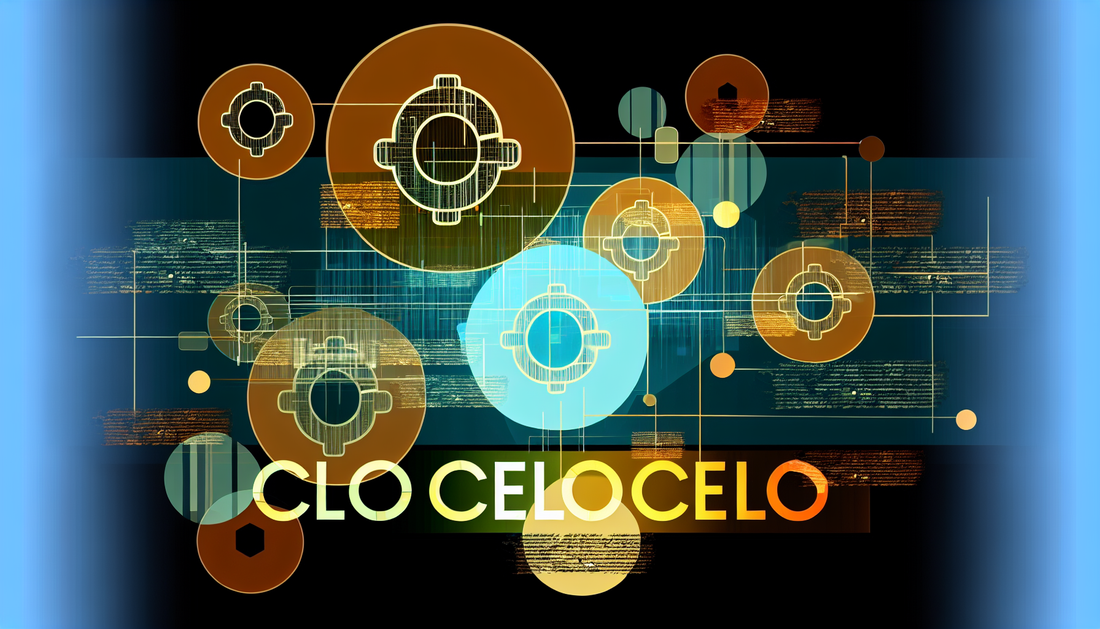
Celo Governance: Decentralizing Financial Inclusion
Share
Celo (CELO) Governance: A Neutral Overview
Governance is a critical aspect of blockchain networks, setting the direction for development, maintenance, and the decision-making process. The Celo blockchain, aiming to foster financial inclusion through accessible decentralized finance tools, places strong emphasis on community-driven governance mechanisms.
Celo's Governance Framework
Governance in the Celo ecosystem operates primarily through the Celo Community Fund and the Celo Protocol. The governance process involves various stakeholders, including CELO token holders, developers, and other community participants, who jointly influence the evolution of the blockchain.
One of the key elements of Celo’s governance is the Celo Proposal Process (CPP). Through this process, proposals can be made to modify network parameters, introduce new features, or allocate community funds. The proposals are open to all, enabling a transparent decision-making system.
Participation by CELO Token Holders
CELO token holders are integral to the governance apparatus. They exercise their voting power directly proportional to their holding stake, allowing them a say in approving or rejecting proposals. This voting mechanism fosters a decentralized decision-making environment where each token holder can influence the direction of the network.
Decentralization and Challenges
While Celo’s governance model champions decentralization, it faces challenges common to many blockchain projects. For instance, low participation rates among CELO holders can lead to decision-making influenced by a concentrated group of stakeholders. Additionally, the technical complexity of proposals may limit engagement to those with significant technical understanding, potentially sidelining less experienced community members.
Another challenge is balancing the interests of different network participants. Developers, businesses, and end-users may have varying priorities, and aligning these interests in a way that progresses the overall ecosystem can be complex.
Building on Past Developments
Celo continues to evolve its governance processes by learning from other successful blockchain projects. [RUNE: The Heart of THORChain Governance](https://bestdapps.com/blogs/news/rune-the-heart-of-thorchain-governance) offers insights into how decentralized communities can effectively manage their governance models. As Celo refines its governance structure, understanding these dynamics from different projects can be valuable.
The ongoing development in blockchain governance, as observed in projects like [Mina Protocol: Pioneering Decentralized Governance](https://bestdapps.com/blogs/news/mina-protocol-pioneering-decentralized-governance), provides a roadmap for continuous improvement and innovation.
Conclusion
Governance in the Celo ecosystem illustrates the complexities and opportunities present in decentralized environments. By fostering an inclusive and participative governance model, Celo aims to stay true to its mission of enabling prosperity for all. However, addressing participation challenges and aligning stakeholder interests will be pivotal to its sustained success.
Explore more about Celo's governance and other blockchain projects.